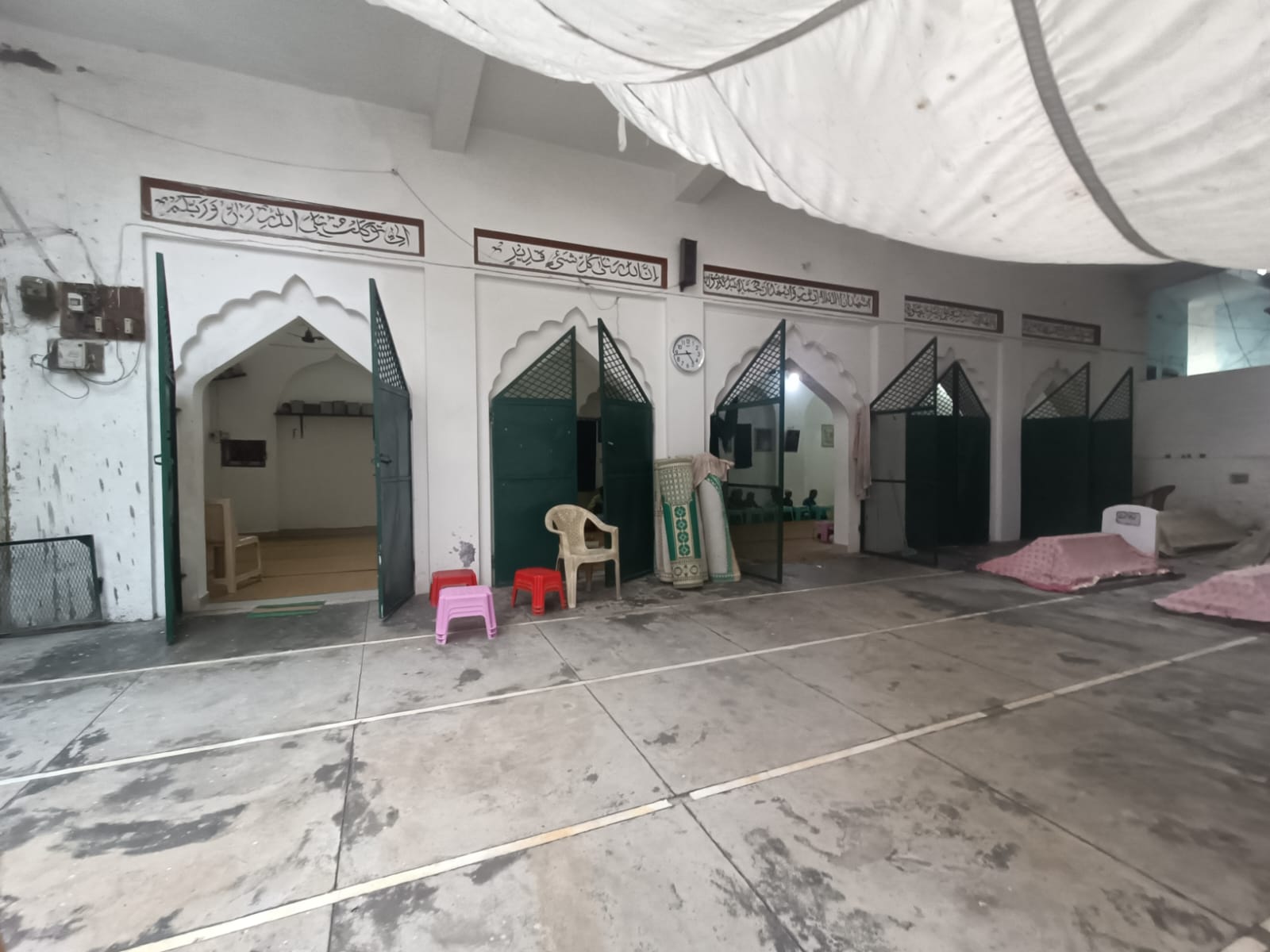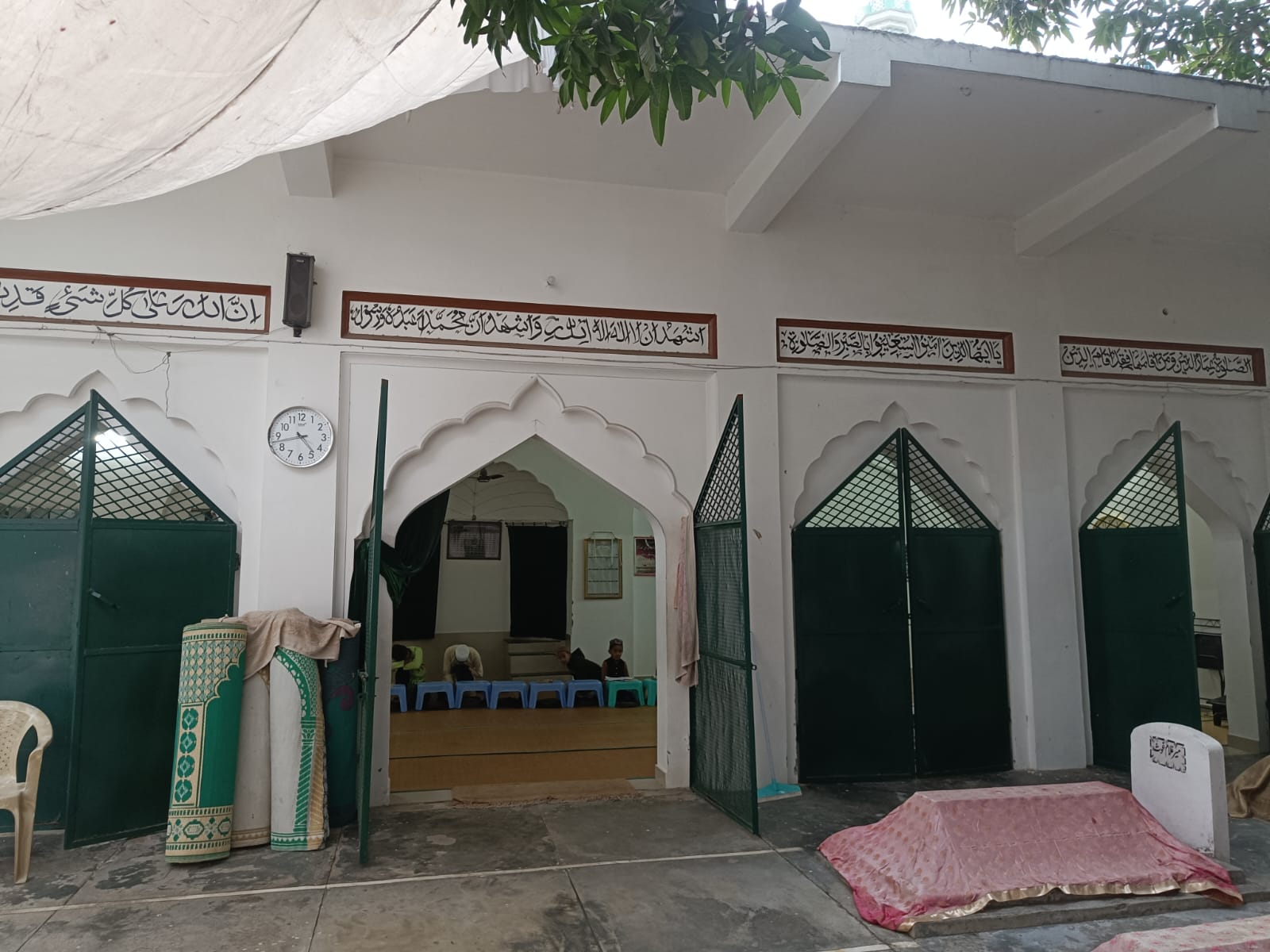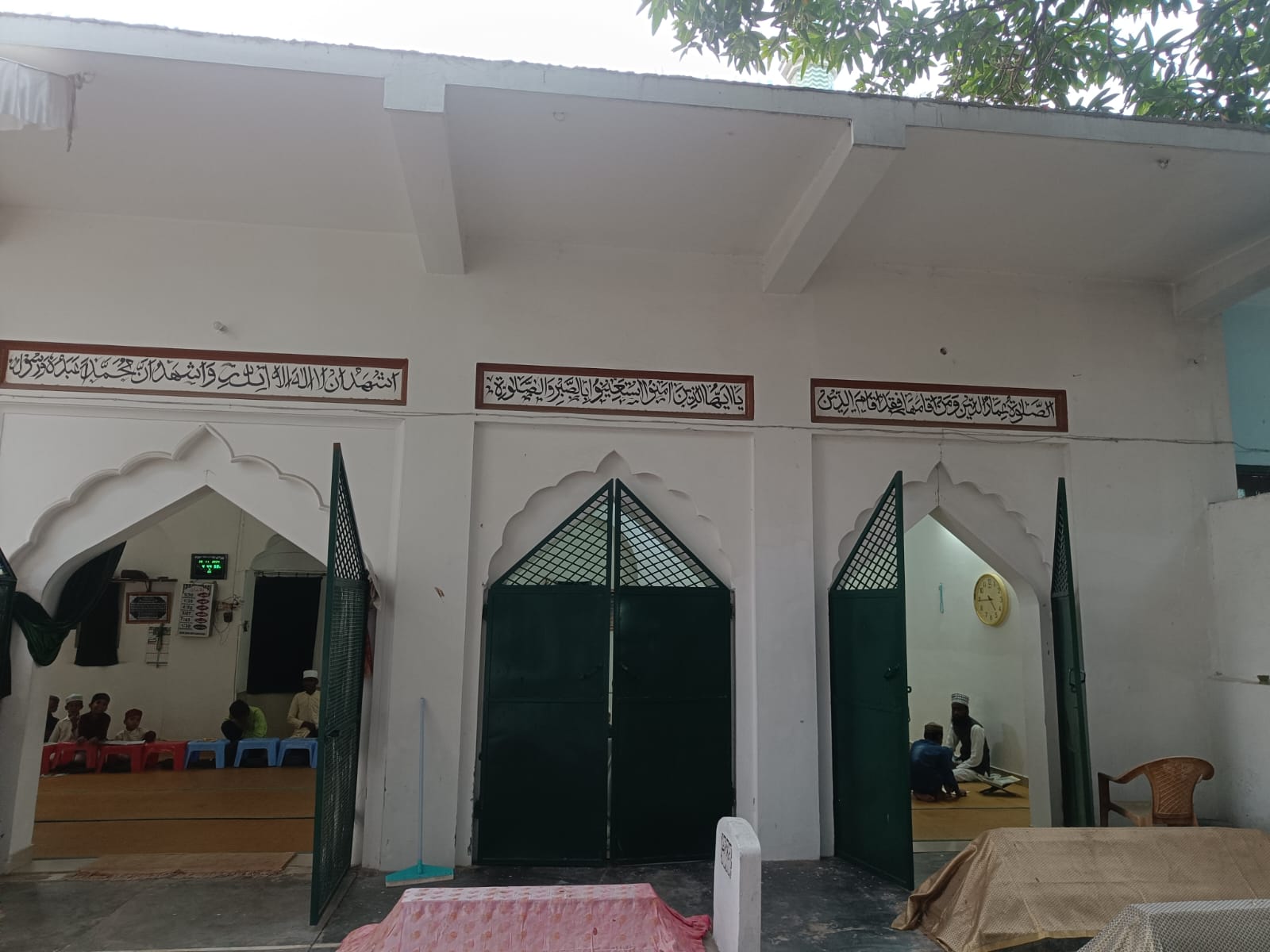


Footprints of 'Mohammad Saheb' are present here, the history of Gilaf-e-Kaaba is 176 years old The city of Gorakhpur has within itself a history of thousands of years. If we talk from the Islamic point of view, then the city has no match in this matter as well. The Islamic history here has been quite rich. The Sabzposh House in the city's Jaffra Bazaar has a 176-year-old Gilaf-e-Kaaba made of Egypt. Along with this, there are also the footprints of Mohammad Saheb (Qadam-e-Rasool) made on stones brought from Madina and a stone brought from the shrine of Gaus-e-Pak. These are kept for Ziyarat after the prayers in the Jaffra Bazaar Mosque on Eid-ul-Fitr and Eid-ul-Azha. This is the history The Sabzposh House houses the 176-year-old Gilaaf-e-Kaaba, the Qadam-e-Rasool (footprints of Prophet Muhammad Sallallaho Alaihi Wasallam) brought from Madina and the holy stone of the tomb of Gaus-e-Pak Hazrat Sheikh Abdul Qadir Jilani Alaihirhaman brought from Baghdad. The visit of the stone is done on the occasion of Eid-ul-Fitr and Eid-ul-Azha. These holy objects were brought back by Mir Abdullah in 1840 during the holy Haj pilgrimage. According to Syed Danish Ali Sabzposh, his descendant Mir Shah Qayamuddin visited Gorakhpur during the reign of Shah Jahan and built a small mausoleum and mosque here. Here is the tomb of Hazrat Mir Syed Qayamuddin Shah Alaihirhaman (he lived for more than a hundred years. He died in the Islamic month 8 Safar 1128 Hijri). A little far away is the grave or mausoleum of his grandson Mir Syed Ghulam Rasool. People say that the Quran Sharif of that era and the relics of Hazrat Ali are present in the dome of the grave. Mir Shah Qayamuddin, who came to Gorakhpur from Jaunpur, had two sons Mir Ahmadullah and Mir Fazlullah. Mir Fazlullah was a general in the army of Awadh, he got martyred fighting for the freedom of the country in the Battle of Buxar. He had no children. Therefore, the king of that time gave Mir Syed Ghulam Rasool a pardon letter, money and villages. After this, he reached Arabia for Haj. There the cover of the Kaaba was being changed. He gave a gift in exchange for the cover and took a big piece of it. During that time, there was a tradition of giving the cover of Kaaba Sharif to special people by giving gifts. Mir Abdullah was also among the Ruus. He was also given this. He also got Qadam-e-Rasool from Arabia, which he brought to Gorakhpur and since then this vegetable cover is kept under the care of the family.